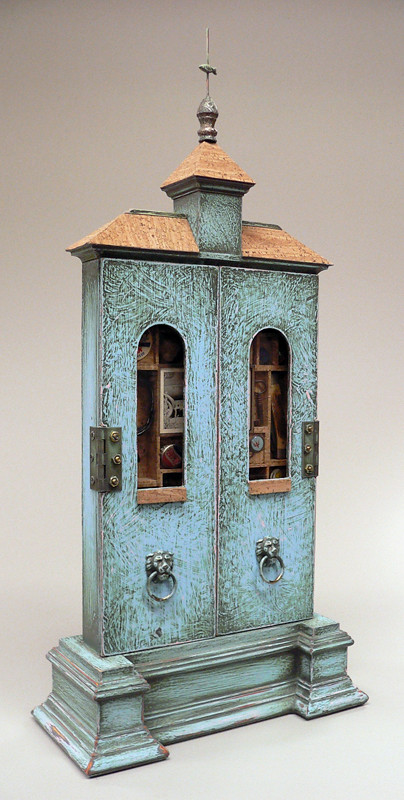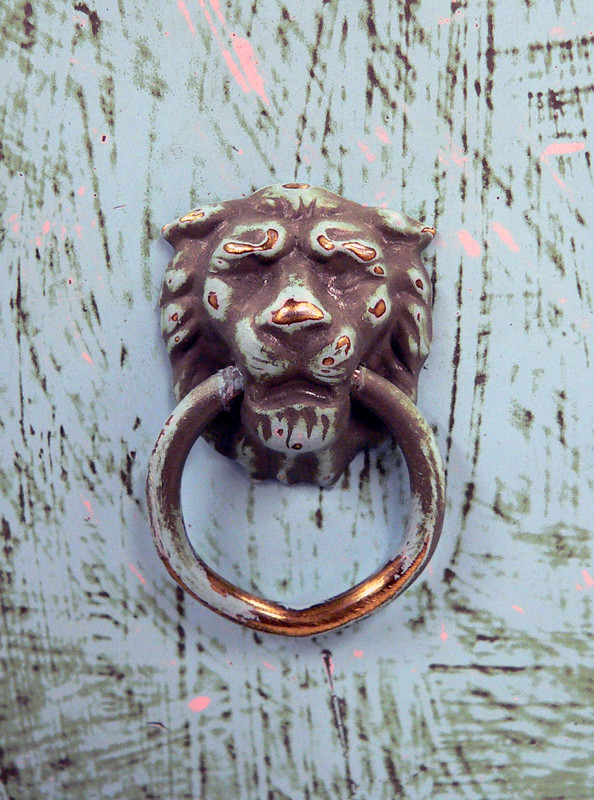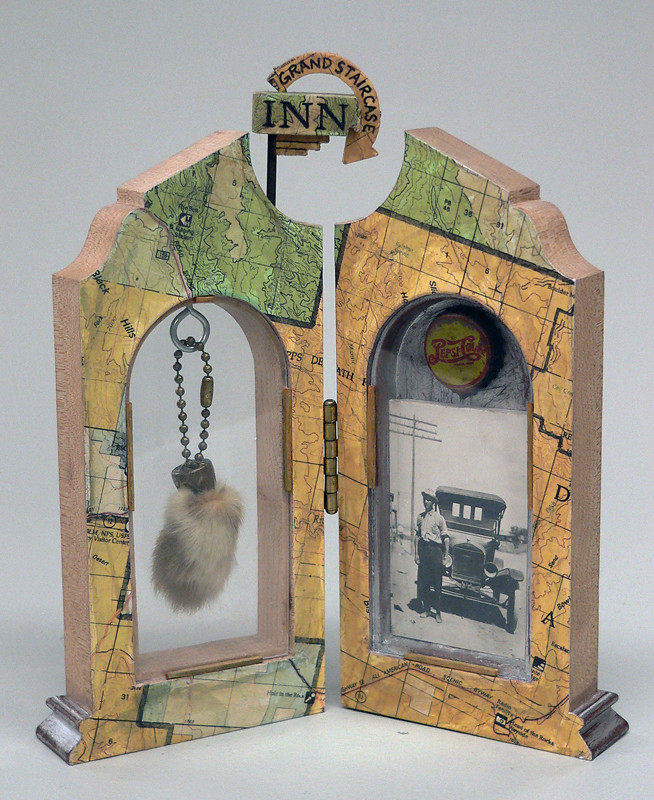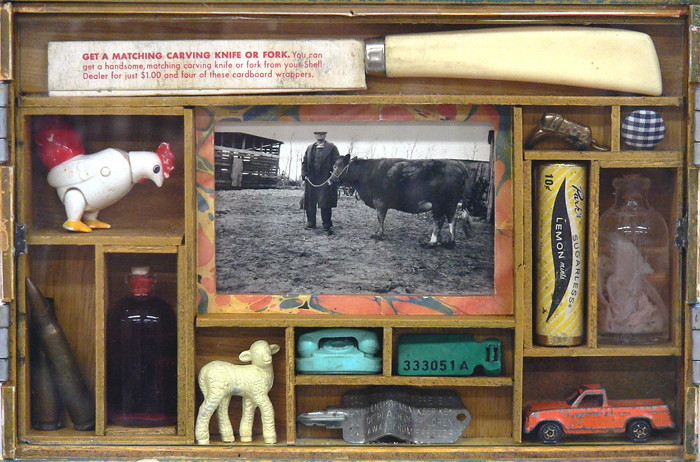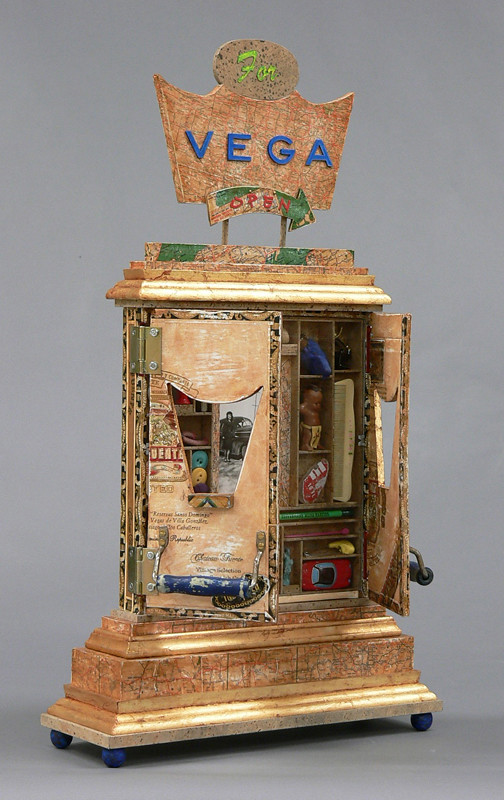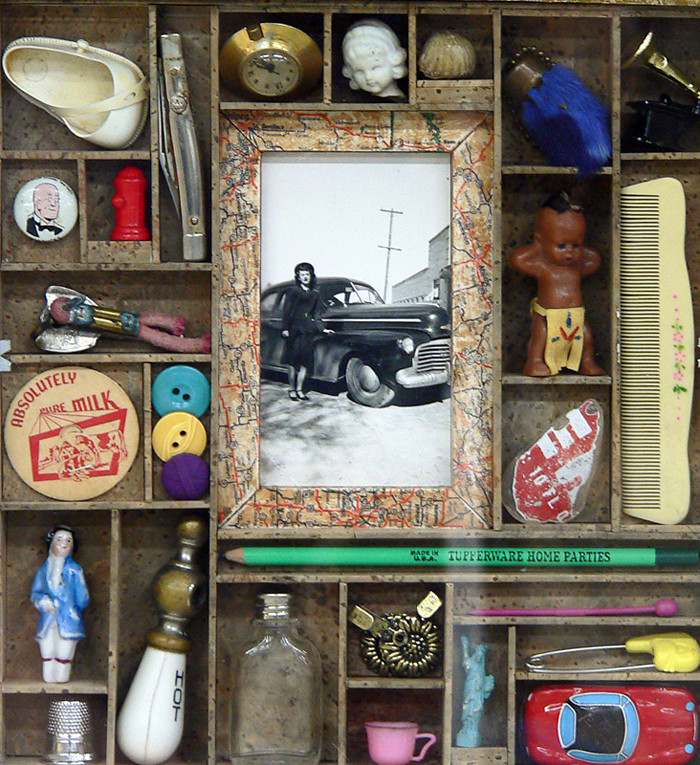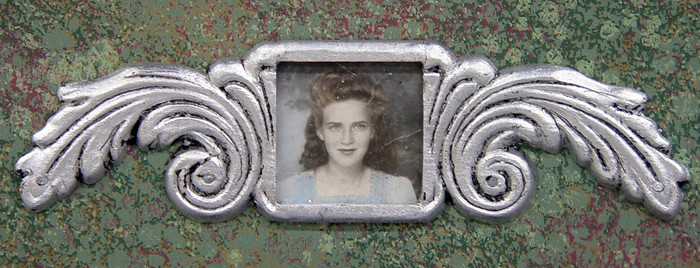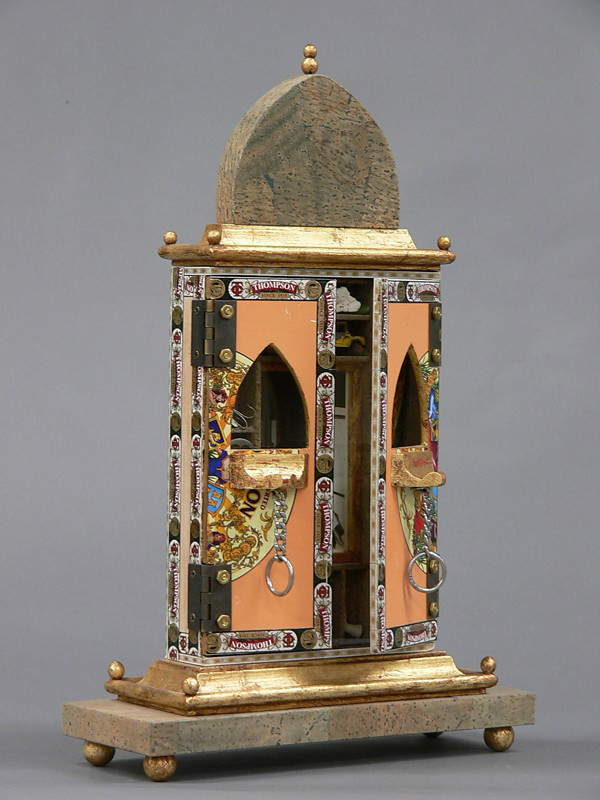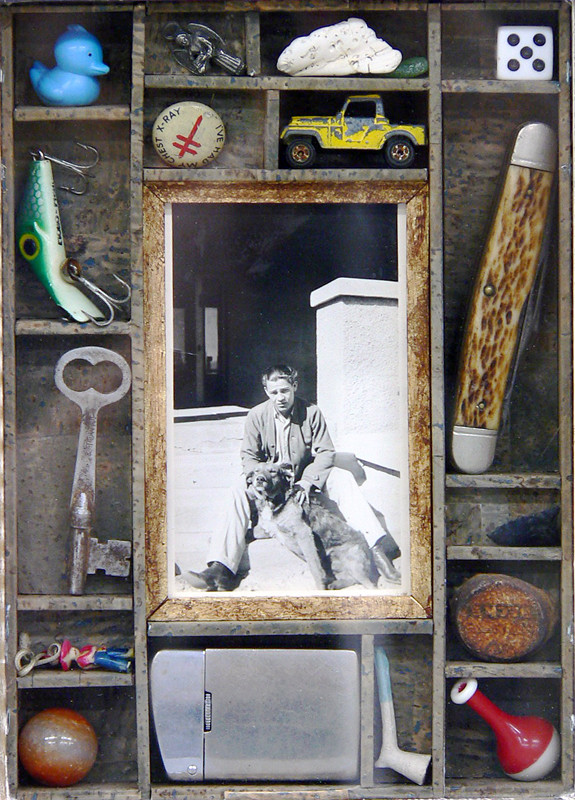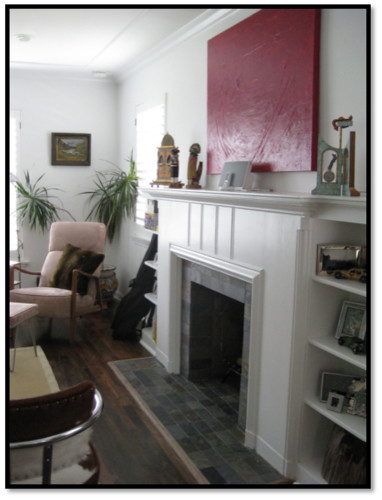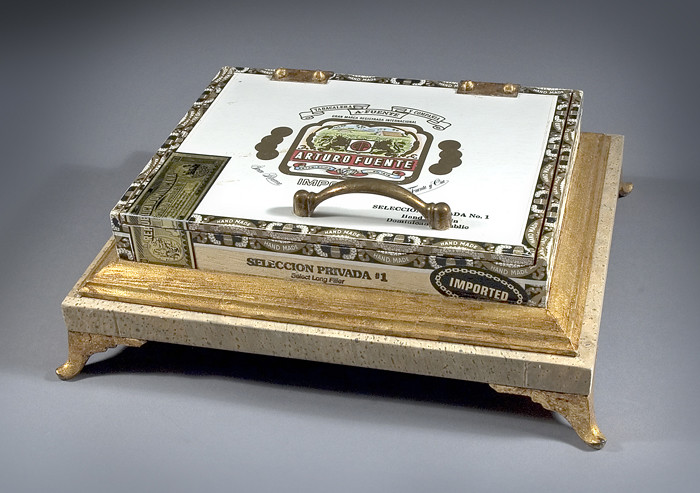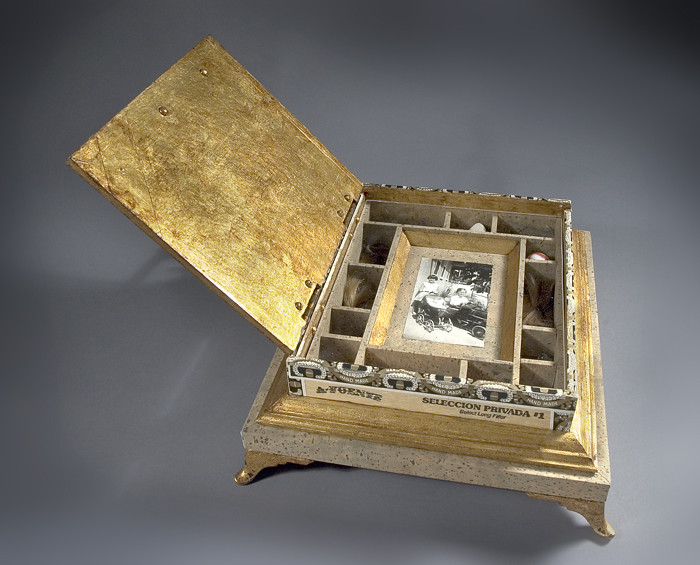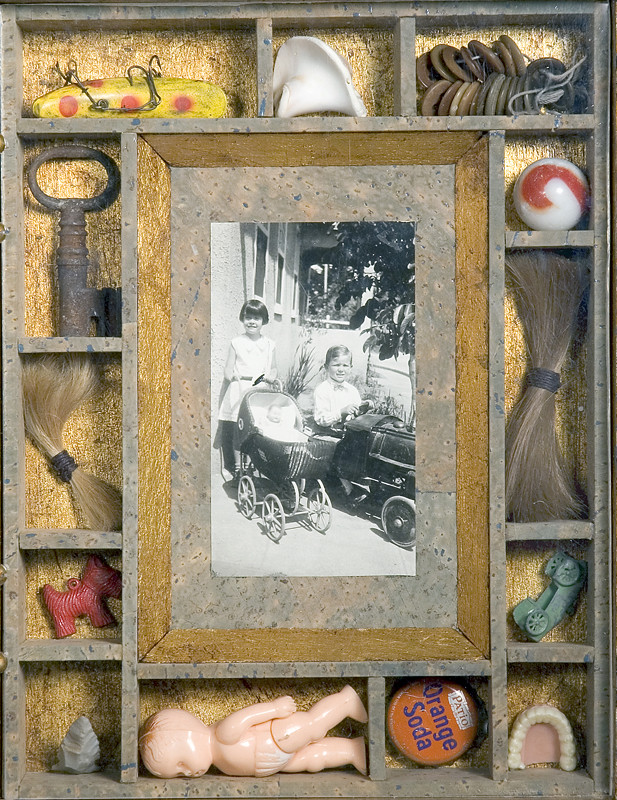Reliquary for a Resident of Little Hollywood - 2010
Collection of McCullough family
With this piece I wanted the structure of the reliquary to tie into the southern Utah landscape, so I roughly modeled it after the old courthouse in Panguitch, UT. Little Hollywood is the name given to Kanab, UT. This name was given due to the large number of motion pictures (over 100) made in the area from 1940s to today, the majority being westerns.
Detail of inside
Detail of lion head handle on door
Reliquary for a Boulder Town Resident - 2009
Reliquary for a Traveler - 2008
Collection of Adam Borgia
Reliquary for the Local Butcher - 2008
Detail of inside 'Butcher'. My father was great friends with the local butcher in Colville, WA this piece captures some of the memories I have of this man and my time around him. And no the photo is not of the person my father knew.
Reliquary for Vega - 2008
Detail of inside Vega
Midpoint Cafe Relics
Collection of
Reliquary for Great Aunt Ruth - 2007
Collection of Melissa Ellico
Detail of photo used for Great Aunt Ruth. An interesting thing happened at the opening of my show Reliquaries and Artifacts in Flagstaff, AZ 2007. My aunt Carol, my fathers younger sister, came to the opening and upon seeing this piece asked, "which Aunt Ruth is that a photo of?" I responded that I did not know I had a great Aunt Ruth. She replied that I had two of them. I explained that I used a found photo of an unknown person and called the piece Aunt Ruth because I thought it sounded better than Betty (I did not want the reference to Betty Crocker). As we concluded our conversation Carol said that the piece seemed to fit with her aunt Ruth because she remembered what a good cook she was.
I have sense done a lot of family research ( I must admit that I am a bit addicted to it), much because of this encounter.
Reliquary for Grandpa - 2005
Collection of Sallie Poet
Detail of inside 'Grandpa'. This piece was recently on loan through the Foster Art Program I have including Darby Doyle's experience with the work below.
I have long been fascinated by the idea of ‘public memory,’ or a shared sense of history often expressed through material culture, public landscape, and architecture.
Jason Lanegan’s work excites me because it embraces so many of these elements together, literally encapsulating the many disparate concepts of landscape, culture, and a sense of both ‘place’ and ‘time’ in one assemblage sculpture. My children loved the detail and minutia of the pieces, particularly those displayed in Reliquary for Grandpa, and imagined scenarios wherein the different objects in the reliquary—pocket knife, pin, fishing lure—had been used by the boy in the photograph. They wondered what his dog’s name was, and made assumptions about where the boy lived, and when (in the country, as long ago as their grandpas or maybe even longer ago). That those objects, that photograph, and those historical assumptions as interpreted by me and my children were as viable a life ‘story’ as the artist’s interpretation of his grandfather’s imagined childhood is the great and charming irony of Lanegan’s work.
The flexibility and nuance of material culture as presented by Lanegan in both Reliquary for Grandpa and Sundowner Lodge remind me of the Navajo proverb “all of us have some of the truth, but not any one of us has all of it.” Lanegan’s work reflects the penchant for many Americans to construct nostalgic interpretations of places, people, and objects, especially in reference to an idealized rural American experience. As a relative newcomer to Utah, I find the almost cult-like veneration of pioneer history and material culture to have a similar popular status here. Although Lanegan’s work does not reference Utah directly, it does seem to reflect a specific drive to research, document, and preserve historical objects. Reliquary for Grandpa, in particular, sparked quite a few conversations in this vein with visitors to our home. A couple of friends who grew up LDS in Utah County mused that every good pioneer-descended family should gather up their family trove of memorabilia and commission a Lanegan reliquary. When I commented on the delicious irony of that proposition—because Lanegan’s pieces are assembled from objects he finds, not necessarily those with an actual ‘legitimate’ historical provenance—they replied, “well, that makes it even better!” I agree with their populist sentiment. By using the assemblage model of the Catholic reliquary, Lanegan effectively fuses the media (the reliquary) with the message (our object-obsessed culture). Marshall McLuhan would be proud.
We were unequivocally pleased to have the assemblage sculptures in our home thanks to the generosity of the artist, and through the support and vision of the Salt Lake Foster Art Program.
Sincerely, Darby Doyle
July 22, 2010
(image below provided by Doyle's)
Reliquary for Obscure Children - 2004
In the collection of Jill Rene Smith

